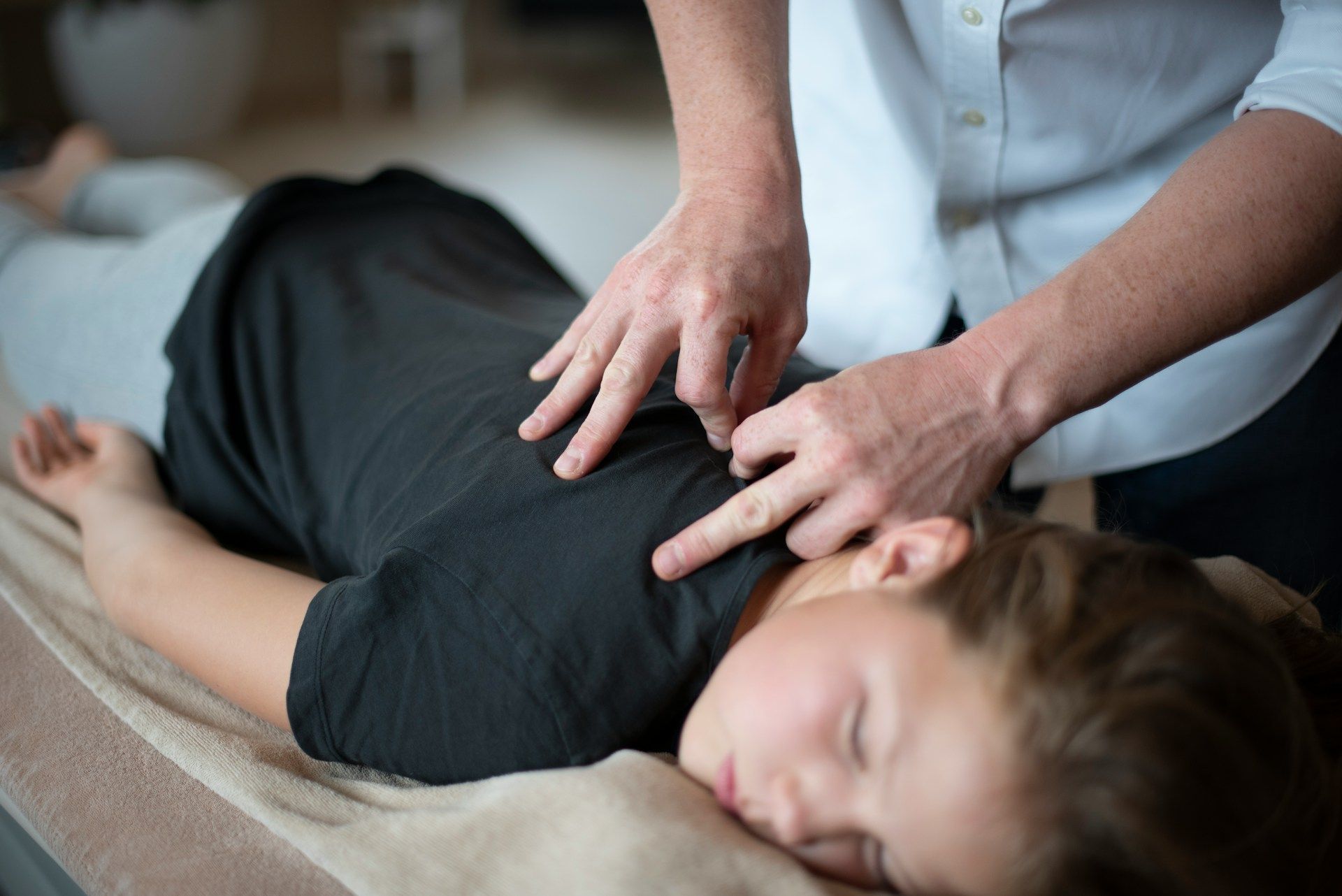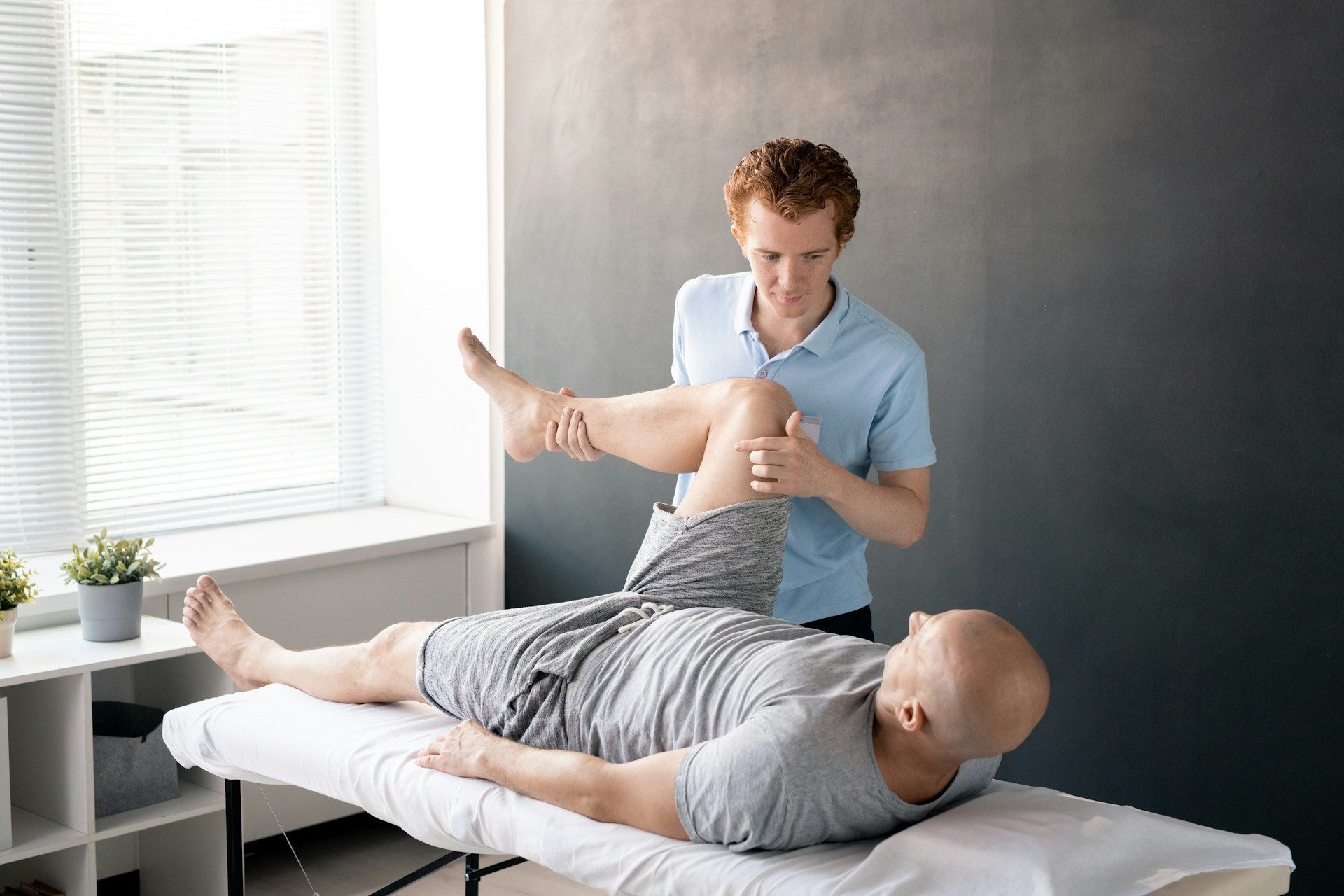Does Weather Really Affect Chronic Pain? Fall Pain Patterns
Everyone seems to have an opinion about the weather, especially when it impacts how they feel. For many people living with chronic pain, the way the weather changes can seem to affect their symptoms in surprising ways. Some folks swear their knees start to ache when a storm is coming, or their back pain flares up on a chilly day. While these personal observations might sound like old wives' tales, there is scientific reasoning that can explain why some weather conditions make pain worse.
Understanding how weather plays a role in chronic pain is especially important during the fall months. In places like Cumming, GA, and Jasper, GA, the transition from summer to fall brings noticeable changes in temperature and humidity. These shifts might contribute to what some might call "fall pain patterns." Knowing how the weather interacts with chronic pain can help people prepare and cope better with the changes that come with the season.
How Weather Changes Impact Pain
Weather can have a surprising impact on our bodies, particularly for those who live with chronic pain. Temperature and humidity are two of the main weather-related factors that can influence how someone feels. On a cold day, the body tends to tighten up, which might lead to increased discomfort in muscles and joints. When it's humid, the air might feel heavy, and this can exacerbate pain levels, leaving many feeling achier than usual.
Barometric pressure is another important aspect to consider. It's the pressure in the air that changes with the weather, often dropping before it rains. Some people with chronic pain notice that their symptoms worsen when barometric pressure decreases. This might explain why joints ache more before a storm. In Cumming and Jasper, where the weather can be unpredictable, understanding these factors can be particularly helpful.
These changes might seem small, but for those dealing with pain daily, they can make a real difference. Knowing how weather affects the body allows individuals to anticipate pain and take proactive steps to manage it. As seasons change and the weather shifts, being aware and prepared can help mitigate some of these pains, allowing for better days ahead.
Common Fall Pain Patterns
As the weather turns from warm to cool, certain pain patterns tend to emerge during the fall. This is because the body reacts to the changing environment, often highlighting specific areas already sensitive or prone to pain. Here are some common patterns:
- Arthritis Flare-Ups: Joints with arthritis often feel stiffer and more painful when temperatures drop. Many people report increased difficulty moving and more discomfort on cooler autumn days.
- Muscle Aches: Colder weather can lead to muscles tightening, which may result in fatigue and soreness. This often occurs because the body attempts to conserve heat, causing tension to build up.
- Increased Joint Pain: For those with conditions like bursitis or tendinitis, fall might bring about heightened pain as the cooler air prompts inflammation.
Recognizing these patterns can help people living in regions like Cumming and Jasper prepare for the fall season. Knowing what to expect means they can proactively address issues, reducing the potential impact on their daily lives. This awareness can lead to a more comfortable and manageable autumn, despite the weather.
Managing Chronic Pain During Fall
Dealing with chronic pain during the fall doesn't have to be a struggle. There are a few practical ways to ease the discomfort and make the season more enjoyable. One important strategy is to maintain a daily routine. Keeping active, even with simple exercises like stretching or walking, can help reduce stiffness and improve mobility. A regular routine helps the body adjust better to temperature changes, lowering the risk of pain spikes.
Here are a few other helpful tips for managing pain during the fall:
- Stay Warm: Dress in layers to keep your body temperature constant. Use cozy blankets or heating pads to relieve sore areas, especially when the temperatures drop suddenly.
- Stay Hydrated: Even when it's cool, staying hydrated is important. Proper hydration can help maintain joint health and reduce inflammation.
- Focus on Diet: Eating a balanced diet rich in anti-inflammatory foods like fatty fish, leafy greens, and nuts can help in managing chronic pain. These foods are good for overall health and can lessen pain levels.
Keeping a consistent routine and staying proactive about health can make all the difference. Don't let the weather dictate how you feel—taking these steps can offer some relief and enhance daily life.
When to Seek Professional Help
While managing pain at home might work for many, there are times when reaching out for professional help becomes necessary. But how do you know when it's time? If you notice that your pain is getting worse instead of better, or if it starts to impact your day-to-day activities more severely, it might be time to contact a specialist. A pain management professional can offer guidance and support tailored to your needs, ensuring you're not just coping with the pain but actively working toward alleviating it.
Remember, seeking help isn't a sign of defeat. It's a proactive step in taking back control of your health. A specialist can provide various interventions that might not be available to you otherwise. They can assess your symptoms in depth and recommend treatments that are aligned with your specific pain patterns and lifestyle.
Finding Relief Through Pain Management
Navigating chronic pain doesn't have to be a solitary journey. As we've discussed, understanding how weather affects your condition and knowing how to manage it can significantly improve your quality of life. Whether through self-care strategies or seeking professional help, taking decisive steps towards managing chronic pain can bring relief and a newfound sense of control.
It's important to remember that everyone's experience with pain is different, and what works for one person might not work for another. Be patient with yourself as you explore what methods help you the most. Embrace the small victories, as they pave the way to larger ones. Ultimately, the goal is to enhance daily life and find comfort despite the challenges.
For those living with chronic pain in Cumming and Jasper, understanding the influence of fall weather is crucial in crafting a pain management strategy. At Apollo Spine and Pain Center, we specialize in tailored
pain management interventions to help you navigate seasonal challenges effectively. Let us guide you toward sustainable relief and a better quality of life, so you can enjoy all that the season has to offer.












